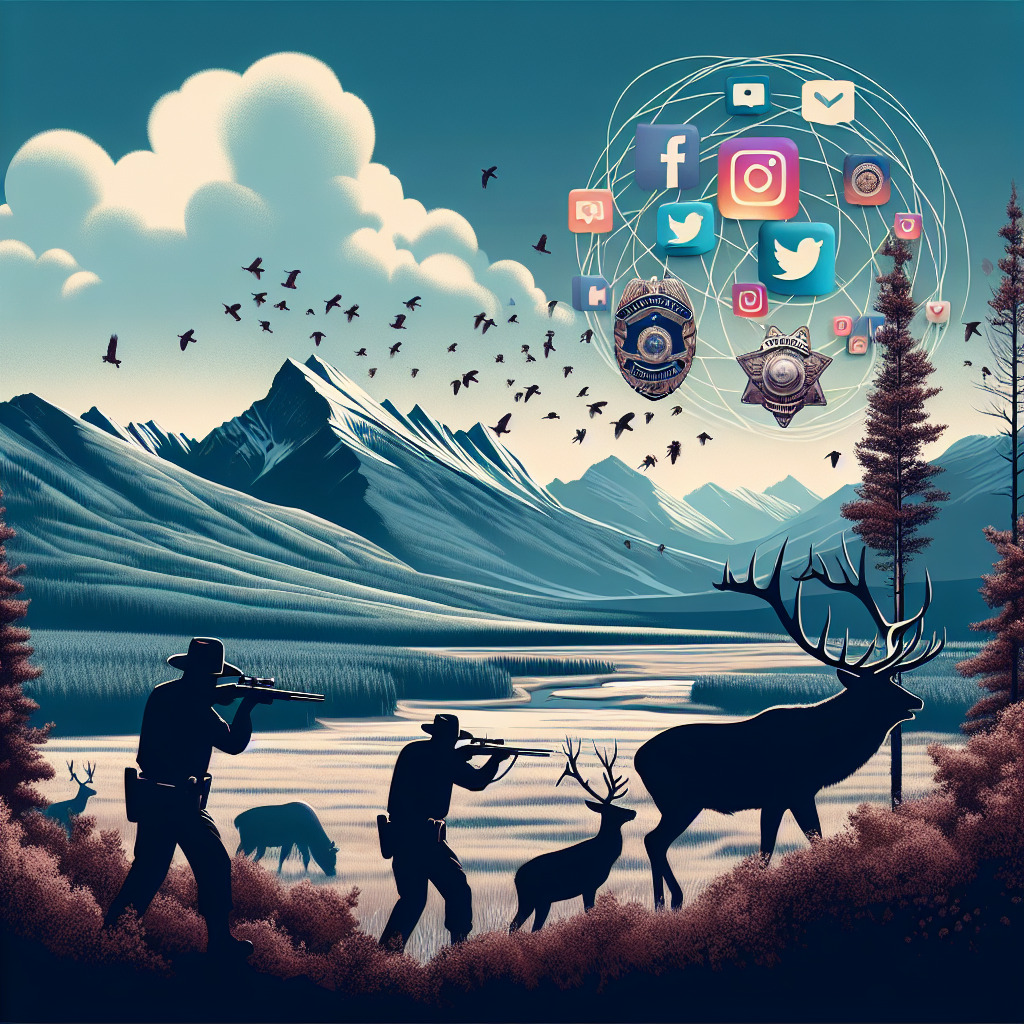Key Takeaways
The Power of Social Media in Modern Wildlife Protection
In the interconnected age of digital communication, social media platforms have transcended their initial purposes of connection and entertainment. Recently, these virtual spaces have emerged as powerful tools for justice and conservation. The recent case in Montana, where social media played a pivotal role in apprehending poachers, illustrates this evolving landscape. This incident highlights not only the effectiveness of these tools but also the essential role of community involvement in protecting our wildlife and natural resources.
Crowdsourcing Justice: An Effective Approach
The notion of crowdsourcing justice has gained traction in recent years. Just as consumers utilize product reviews before making purchases, authorities and organizations are leveraging the collective power of the digital community to gather invaluable information. In the case of Montana’s poachers, ordinary citizens became investigators, alerting authorities to suspicious posts that ultimately led to hefty fines. Social media platforms such as Facebook, Instagram, and Twitter have become alternate channels for reporting and resolving wildlife crimes, acting as modern-day pillars of citizen-led justice.
A Culture of Accountability
Users worldwide are becoming increasingly aware of the impact of their actions online. This awareness has nurtured a culture where people hold each other accountable, reinforcing societal norms against poaching and other illegal activities. Social media’s viral nature ensures that incidents, once captured and shared, leave a lasting imprint on public consciousness.
Authorities’ Role and Collaboration
While public participation is crucial, the role of official agencies cannot be understated. Collaborative efforts between law enforcement, governmental organizations, and social media platforms have created a robust system capable of efficiently tackling wildlife crimes. In the Montana case, the information gathered from social media posts was validated and acted upon by authorities, resulting in tangible legal outcomes. This synergy showcases the potential of hybrid approaches that blend technology with traditional investigative methods.
The Ethical Dimension of Social Media Policing
As promising as these developments are, they also raise significant ethical questions. The public’s ability to monitor, report, and influence justice processes through social media must be balanced with respect for individual privacy rights. It is crucial that ethical guidelines are established and followed to ensure fairness and justice for all parties involved.
Balancing Transparency and Privacy
One must consider the implications of public vigilance and the potential for misinformation or misuse of information. While transparency is vital, especially in holding offenders accountable, protecting the privacy of individuals and ensuring the accuracy of reported information is equally important.
- Developing Guidelines: Establishing clear protocols for reporting and sharing information ensures that social media can be both an effective tool and an ethical one.
Looking Ahead: The Future of Social Media in Conservation Efforts
As technology continues to evolve, so too will the methods used to monitor and protect wildlife. Social media’s role in this domain is only expected to expand. Encouraging responsible use of these platforms, fostering collaboration among stakeholders, and continuously refining ethical guidelines will be essential to harnessing social media’s full potential in conservation and justice.
- Innovative Applications: The development of specialized apps and AI tools dedicated to wildlife protection could further enhance social media’s efficacy in this arena.
In conclusion, the success of social media in aiding the apprehension of Montana poachers is a testament to its powerful role in the global fight against wildlife crimes. As both a tool and a platform for community engagement, social media holds great promise for nurturing a more sustainable and secure environment for all of Earth’s inhabitants. By embracing these technologies responsibly, we can ensure that justice and conservation keep pace with advances in communication.

